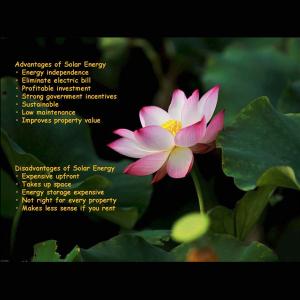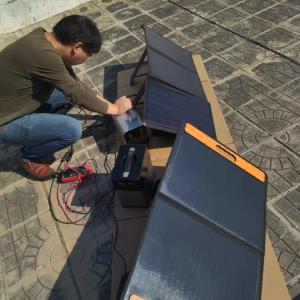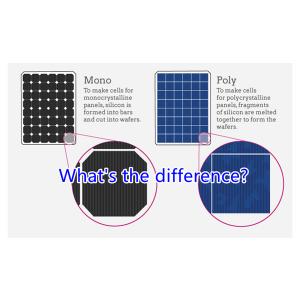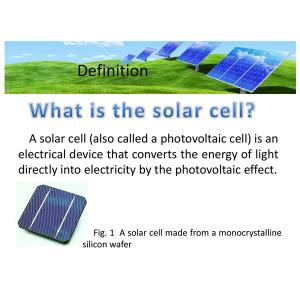Main components of 5KW, 10KW, 20KW, 50KW home solar power system
1. Solar panels:The function of the solar panel is to convert the light energy of the sun into electrical energy, and then output the direct current and store it in the battery. The solar panel is one of the most important components in the solar power generation system, and its conversion rate and service life are important factors that determine whether the solar cell has use value.
Solar panels are divided into 100W, 200W, 300W, 380W, 400W, 500W and other panels, and use different numbers of panels according to the required power generation.
The size of the panel is determined by the number of photovoltaic panels contained in W and the number of cells. This in turn determines the total power produced by the solar panel. Solar panels typically produce 250 to 400 watts of power. For example, a 1,000-square-foot home may require as many as 25 400W solar panels to be self-sufficient (producing 10 kilowatts of solar energy together).
2. Inverter:
The direct output of solar energy is generally 12VDC, 24VDC, 48VDC. In order to provide electrical energy to 220VAC appliances such as home lighting and heating equipment, it is necessary to convert the DC power generated by the solar power generation system into AC power, so a DC-AC inverter is required.
4. Lifepo4 Battery:
The function of the battery is to store the electrical energy emitted by the solar panel when there is light, and release it when needed. Solar battery is the application of 'battery' in solar photovoltaic power generation. There are four types of lead-acid maintenance-free batteries, ordinary lead-acid batteries, gel batteries and alkaline nickel-cadmium batteries. The widely used solar batteries are mainly: lead-acid maintenance-free batteries and gel batteries, these two types of batteries, because of their inherent "free" maintenance characteristics and the characteristics of less pollution to the environment, are very suitable for reliable solar power systems, especially unattended workstations.
5. Mounting and mounting systems for solar panels:
When you see a solar panel — whether it's mounted on the roof of a building, or directly on the ground — you'll notice it stays in place, despite the wind. This is due to the racking and mounting system used to "install" solar panels on the property. There are also various types of brackets and mounting systems to support different forms of solar panel mounting (eg roof vs ground etc).
6. Solar Charge Controller:
Once the solar cell is fully charged, depending on the voltage it supports, there needs to be a mechanism to stop the solar panel from sending more energy to the battery. This comes in the form of a solar charge controller and is also responsible for protecting the battery from "draining" when not in use. (This can happen without a solar charge controller if the current reverses direction and flows back to the solar panel.)
7. Solar cables:
As the name suggests, these are the wires that connect the various components of the solar system. They are designed to withstand the high temperatures that pass through photovoltaic cells. They are also UV resistant as they are mostly installed outside buildings (on the roof or directly on the ground).
8. Solar Meters:
Well-designed solar meters can also be used to measure, monitor, regulate and optimize the energy produced by solar systems.






